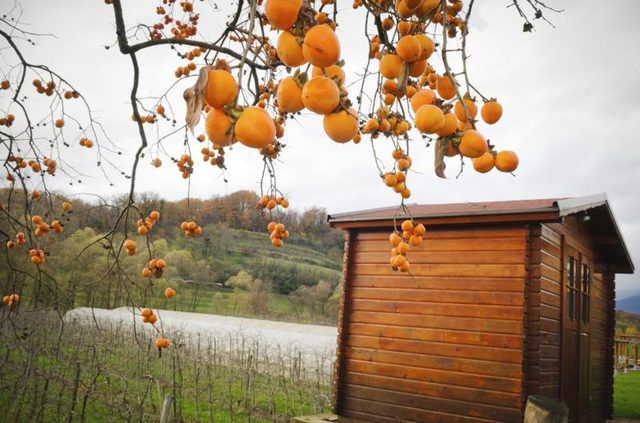Bulbs
Flower Basics
Flower Beds & Specialty Gardens
Flower Garden
Garden Furniture
Garden Gnomes
Garden Seeds
Garden Sheds
Garden Statues
Garden Tools & Supplies
Gardening Basics
Green & Organic
Groundcovers & Vines
Growing Annuals
Growing Basil
Growing Beans
Growing Berries
Growing Blueberries
Growing Cactus
Growing Corn
Growing Cotton
Growing Edibles
Growing Flowers
Growing Garlic
Growing Grapes
Growing Grass
Growing Herbs
Growing Jasmine
Growing Mint
Growing Mushrooms
Orchids
Growing Peanuts
Growing Perennials
Growing Plants
Growing Rosemary
Growing Roses
Growing Strawberries
Growing Sunflowers
Growing Thyme
Growing Tomatoes
Growing Tulips
Growing Vegetables
Herb Basics
Herb Garden
Indoor Growing
Landscaping Basics
Landscaping Patios
Landscaping Plants
Landscaping Shrubs
Landscaping Trees
Landscaping Walks & Pathways
Lawn Basics
Lawn Maintenance
Lawn Mowers
Lawn Ornaments
Lawn Planting
Lawn Tools
Outdoor Growing
Overall Landscape Planning
Pests, Weeds & Problems
Plant Basics
Rock Garden
Rose Garden
Shrubs
Soil
Specialty Gardens
Trees
Vegetable Garden
Yard Maintenance
About Persimmon Trees
About Persimmon Trees. Persimmons come in two main varieties -- the imported Oriental types (Diospyros kaki), hardy in U.S. Department of Agriculture plant hardiness zones 7 through 9, and the native varieties (Diospyros virginiana), hardy in zones 4 through 9. Persimmons produce canopies of deep green leaves, which often turn a fiery red in fall....

Persimmons come in two main varieties -- the imported Oriental types (Diospyros kaki), hardy in U.S. Department of Agriculture plant hardiness zones 7 through 9, and the native varieties (Diospyros virginiana), hardy in zones 4 through 9. Persimmons produce canopies of deep green leaves, which often turn a fiery red in fall. Persimmons share similar growing needs regardless of the variety.
Tree Selection
Oriental persimmon varieties usually produce higher quality fruit than native types, although some of the named native varieties also produce flavorful fruits. Native persimmons can survive temperatures as low as 25 degrees below zero Fahrenheit, while Oriental types are only hardy to 10 F, which makes native types better suited to colder climates. If space is tight, Oriental persimmons are a better choice because they are self-pollinating so only one tree is needed, unlike native persimmons that require both a male and female tree. Native persimmons grow up to 40 feet tall, while Oriental varieties usually grow no more than 30 feet.
Site Requirements
Both persimmon varieties grow well in well-drained, slightly acidic soil in areas that receive full sunlight, although they can tolerate partial shade. Moist, sandy soil results in the healthiest growth, but persimmons are tolerant of a range of soil types as long as they don't dry out completely or become waterlogged.
Basic Care
Persimmons require little maintenance once they are established. Infrequent deep watering that thoroughly soaks the root zone is preferable over frequent shallow irrigation. Established persimmons may only require irrigation during extended summer dry periods. Fertilizing in early spring and early summer with a 10-10-10 fertilizer at the rate of 2 ounces per year of tree age encourages healthy growth during the first five years of the tree's life. Continued light fertilization for mature trees in spring is also beneficial, although persimmons can survive without additional fertilizer if they are grown in a fertilized lawn area. Native persimmons may send up suckers from the roots, which you must cut off just beneath the soil surface so they don't naturalize in your yard.
Pests and Disease
Many pest and disease problems aren't severe enough to warrant control. Scale insects, persimmon psyllids and various caterpillars all feed on persimmons, but natural predators usually keep the populations in check if you don't apply insecticides. The persimmon borer tunnels into the trunk and taproots and can cause major damage to the tree. Spraying the tree at the first signs of infestation with a ready-to-use dormant oil spray in winter or early spring, or with a summer oil spray after the tree leafs out, helps control borer damage. Make two applications at seven- to 14-day intervals. Leaf spot diseases and powdery mildew are also common, but rarely require treatment. A combination of proper watering, growing in an adequate site and avoiding excess fertilizer prevents most major fungal infections.
Fruit Production
Fruits typically ripen from late summer through fall. Native varieties ripen in fall, turning orange or reddish and reaching 1 to 2 inches in diameter at maturity. Oriental persimmons range from 2 inches in diameter to the size of a peach, depending on the variety. Both native and astringent Oriental varieties must soften completely before they develop a sweet flavor, while nonastringent Oriental persimmons are sweet even before full maturity. Pick persimmons before frost, after they have developed their full color. Fruits continue to ripen after harvest, reaching their best flavor when they feel slightly soft and give to gentle pressure.